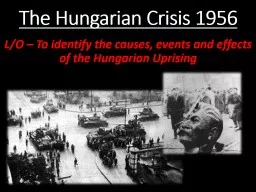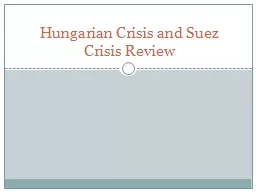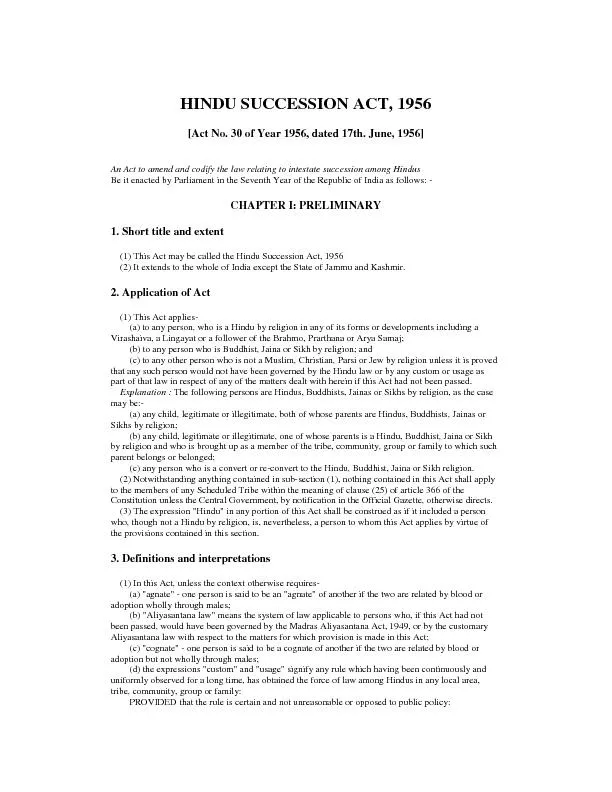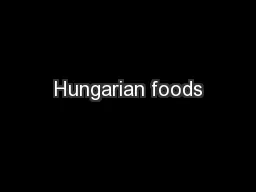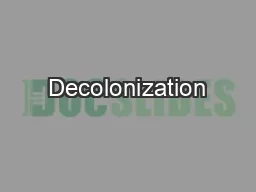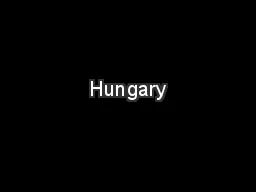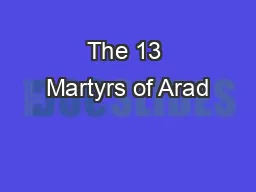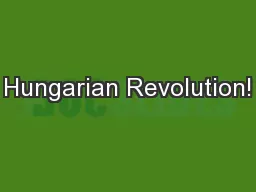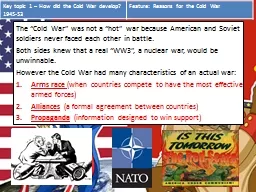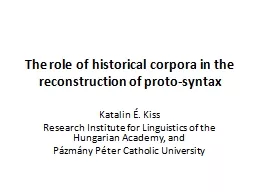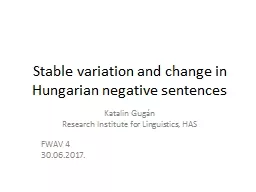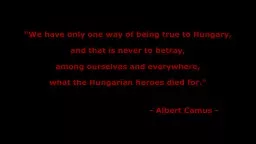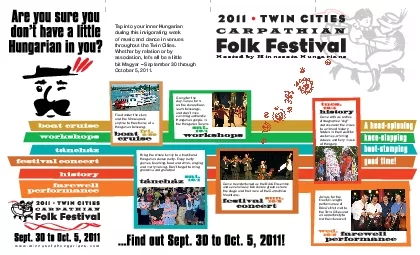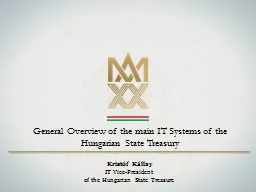PPT-The Hungarian Crisis 1956
Author : test | Published Date : 2017-05-04
LO To identify the causes events and effects of the Hungarian Uprising Hungary under Stalin 194953 Hungary was liberated by Soviet troops after WW2 and in 1949
Presentation Embed Code
Download Presentation
Download Presentation The PPT/PDF document "The Hungarian Crisis 1956" is the property of its rightful owner. Permission is granted to download and print the materials on this website for personal, non-commercial use only, and to display it on your personal computer provided you do not modify the materials and that you retain all copyright notices contained in the materials. By downloading content from our website, you accept the terms of this agreement.
The Hungarian Crisis 1956: Transcript
Download Rules Of Document
"The Hungarian Crisis 1956"The content belongs to its owner. You may download and print it for personal use, without modification, and keep all copyright notices. By downloading, you agree to these terms.
Related Documents

